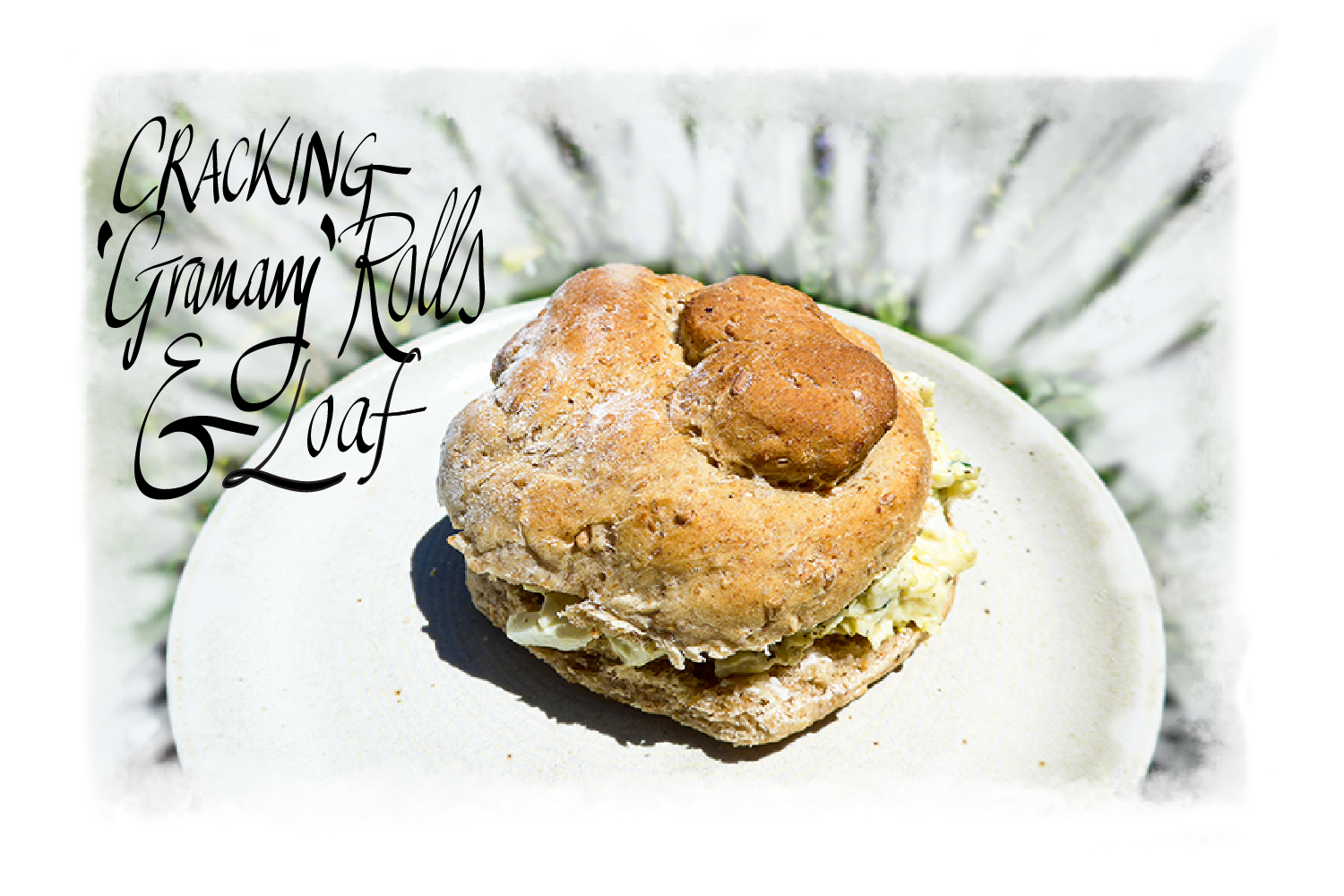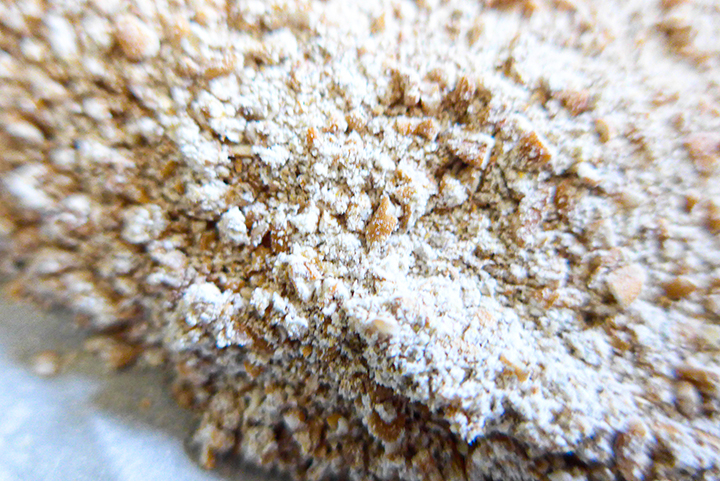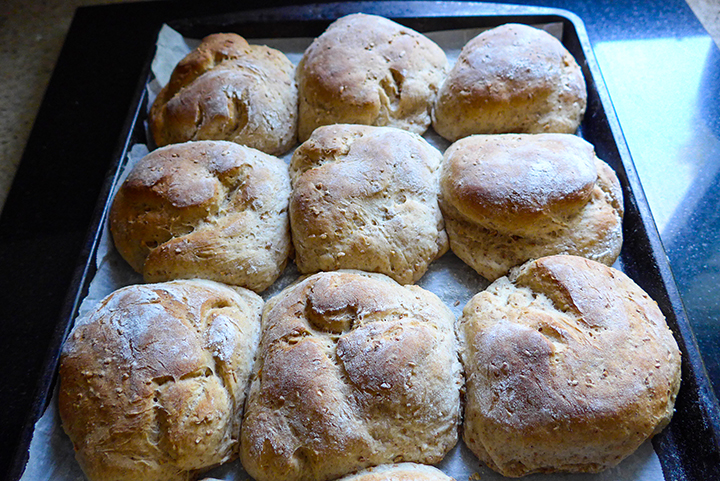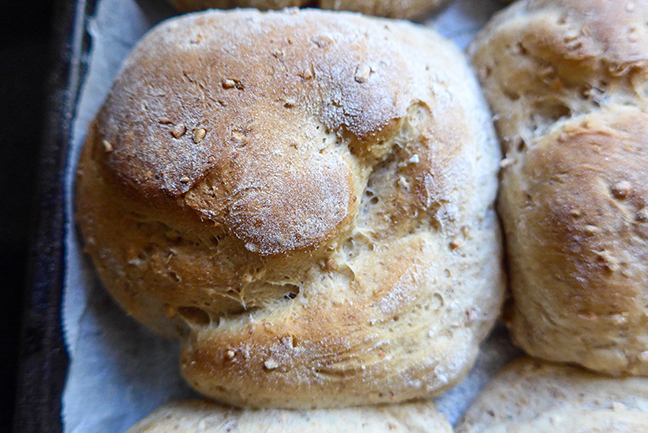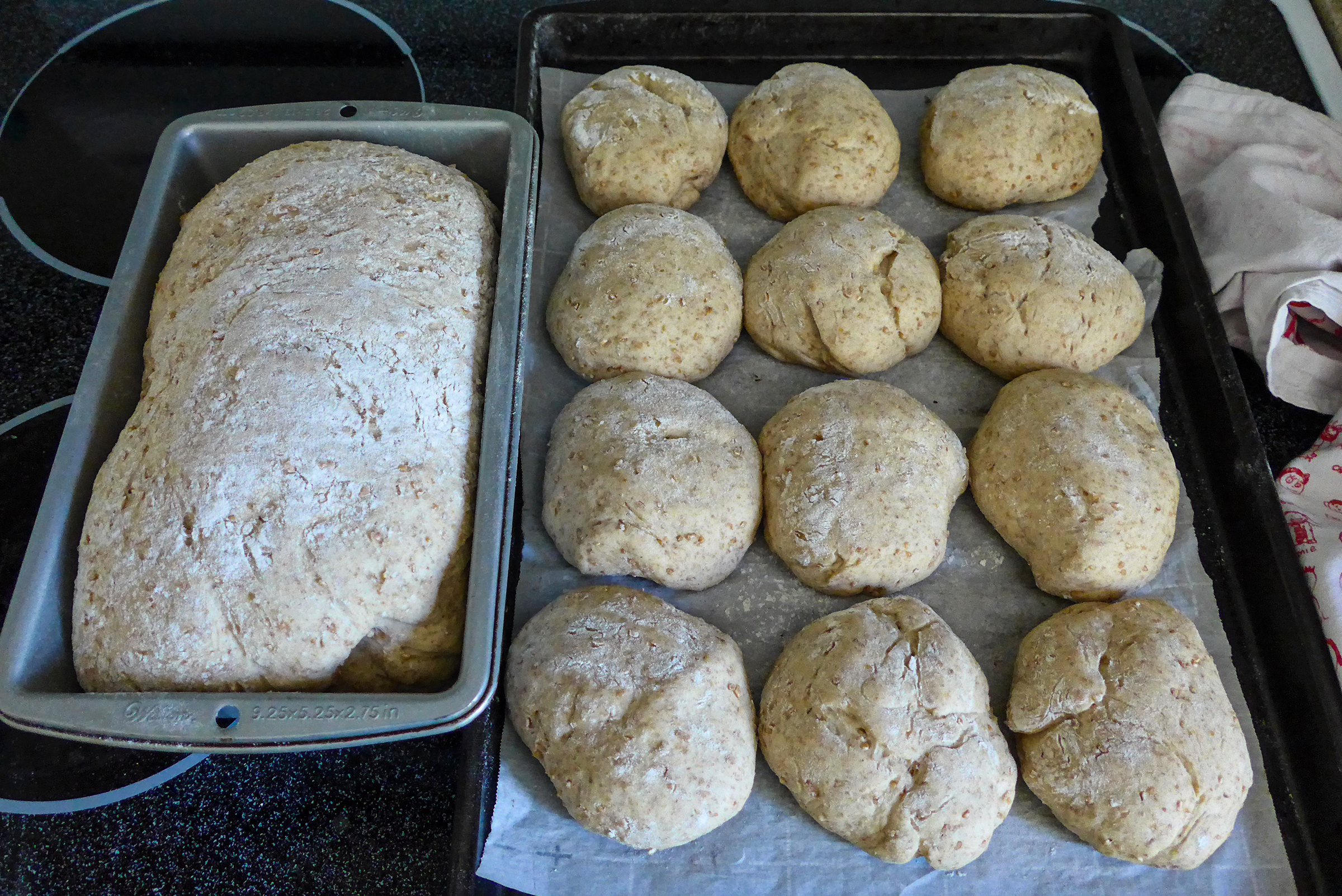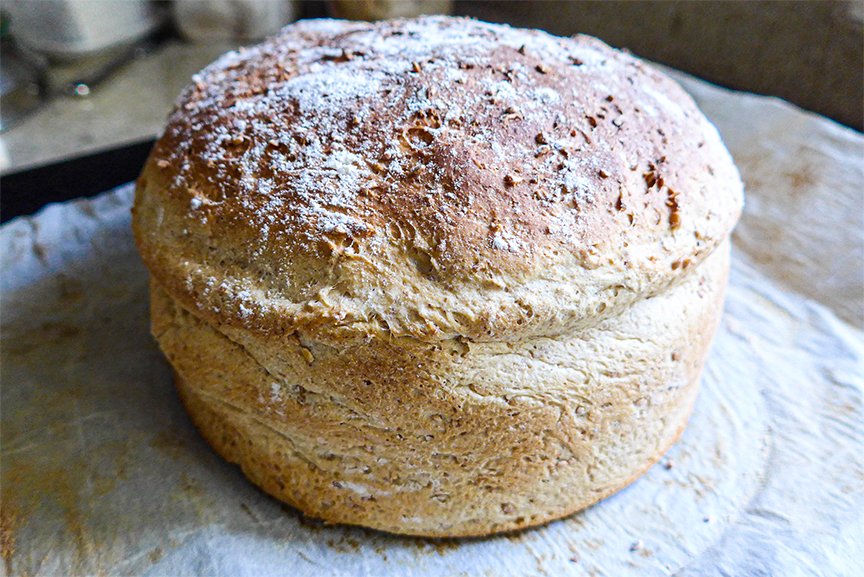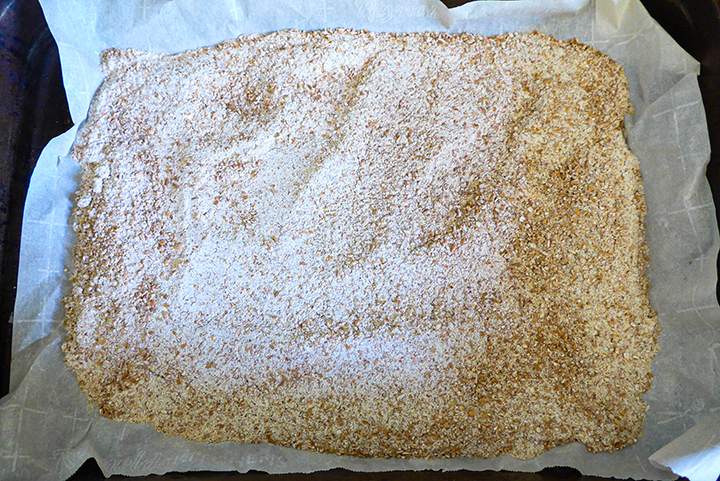Cracking 'Granary' Rolls and Loaf
Servings: 12 rolls and one loaf (approximately 12 thick slices)
I’ve made two attempts thus far at baking a version of Hovis’ trademark Granary bread which I absolutely love but cannot buy here in the States. It has an absolutely distinctive sweet, nutty malted flavour and is wonderfully moist. Hats off to Hovis.
Malted barley flour, listed in Hovis’ recipe, seems to be either unavailable from Amazon for some reason or it is a case of buying it in bulk. This doesn’t suit my purpose at all as it would make an order very expensive, plus the shelf life of flour is quite short. And then I found out that Hovis’ Granary flour can in fact be ordered from a British online store. It is inexpensive at £2.89 per kilo (2.2 lbs) but unfortunately, the shipping charges are astronomical.
Whatever, I enjoy a challenge. If I were to buy Hovis Granary flour, then these experiments would be futile.
None of my recipes use the American cup system, I’m afraid, so you may wish to invest in a pair of metric weighing scales. Honestly they are well worth it for accuracy.
The first couple of times I made this bread, I was surprised and disappointed to see from cutting into the loaf that the texture of the bread went “claggy”. I thought initially that this was down to not having baked the bread sufficiently but having read up via the internet, I see that usually only a tiny amount of diastatic malted powder is normally required and certainly not the 6 oz (175 g) that I used initially. I reduced this initially to 3 oz (75 g) and then to 1 oz (28 g) in the hope that this bread will still retain its wonderful moisture and taste.
INGREDIENTS
20 fl oz (1 pint/600 ml) half water, half full cream milk combination in jug
1 teaspoon sugar
2 tablespoons dried yeast
6 oz (150 g) cracked wheat
6 oz (150 g) rye flour
17 oz (500 g) unbleached bread flour, plus extra
7 oz (200 g) coarse wholemeal flour
1 oz (25 g) diastatic dry malt powder
3 level teaspoons salt
1 dessertspoon brown soft sugar
3.5 oz (100 g) butter at room temperature
3 teaspoons malt vinegar (what the British love sprinkling with their chips or fries!)
Pre-heat the oven to 350ºF (180º C)
Warm the milk and water with a teaspoon of sugar which should be hand-hot. Whisk in two tablespoons of yeast. Set aside for 10 minutes or until a frothy head has formed.
Line a deep baking tray with parchment and bake the cracked wheat and rye flour for approximately 20 minutes, turning the grains over at half time so that the two are evenly toasted. Turn the oven off for now. Leave to cool for a few minutes.
Sift the flours together with the salt and add the brown sugar. Rub in the butter until the texture is crumbly. Then add the toasted cracked wheat and rye.
Make a well in the centre with a wooden spoon. Add the yeast mixture, followed by the vinegar.
Sprinkle some flour on the work surface and knead the dough for 10 minutes or until elastic and pliable.
Flour the original mixing bowl and replace the dough. Cover with a clean tea-towel for approximately one hour or until the dough has doubled in size.
Prepare a large baking tray, line with baking parchment and dust with flour. Grease a rectangular 1-2 lb (500-1000g) loaf tin.
Knock down the dough and knead again for 2-3 minutes. Use half the dough for the loaf and then make 12 rolls of equal weight, dusting the tops with flour once they are on the tray.
Pre-heat the oven to 400ºF (200ºC)
Cover both the loaf and the rolls with the same tea-towel. Leave to rise for 20-30 minutes, then bake the rolls for 15 minutes or until the tops are golden and the loaf for 30-35 minutes. The loaf should sound hollow when tapped on the bottom. Turn out the loaf and rolls together with parchment paper onto baking racks to cool.
For the ultimate taste, eat while warm but the bread also freezes very well. Cover the loaf and rolls with a fresh tea towel while cooling. If not eating straight away, slice the loaf when cooled and freeze both the loaf and bread rolls in a suitable bag or container for up to 3 months.
I would love to hear your comments. Thanks in anticipation…

